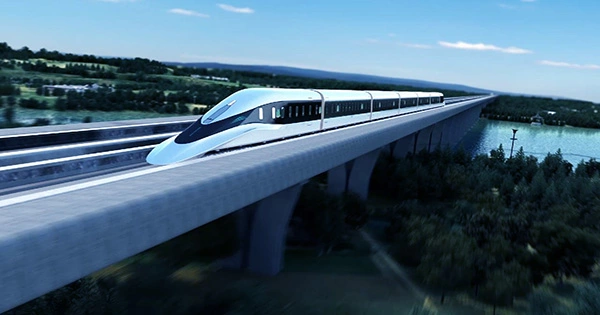Researchers from China have now tested Maglev automobiles that float over designated magnetic lanes, drawing inspiration from the floating trains that move at extraordinary speeds. The customized car wobbles its way through the course while suspended 3.5 centimeters (1.4 inches) above the highway. It appears to be a fairly miserable ride.
The floating automobiles could enable substantially more efficient transportation if the technology could advance to a usable level (still a ways off, judging from the video). With extensive networks across numerous nations, including Japan, maglev trains are renowned for their amazing efficiency and speed, providing travel at up to 600 kilometers per hour (375 miles per hour).
According to the Chinese news site Xinhua, eight cars—including five new energy vehicles—were tested. Both the slower test seen in the video and a considerably faster test with speeds of up to 230 km/h were conducted (143 mph). It’s still a long way from the speed of the present Maglev vehicles, but if the stability problems can be resolved, it will be fascinating to see how fast a car could travel.
The tests were approved by the local transportation authorities for studying road design and high-speed driving; however, it is unclear where the researchers intend to take it next. For the time being, it appears that these roads will only be occupied by regular wheeled cars rather than floating ones.















